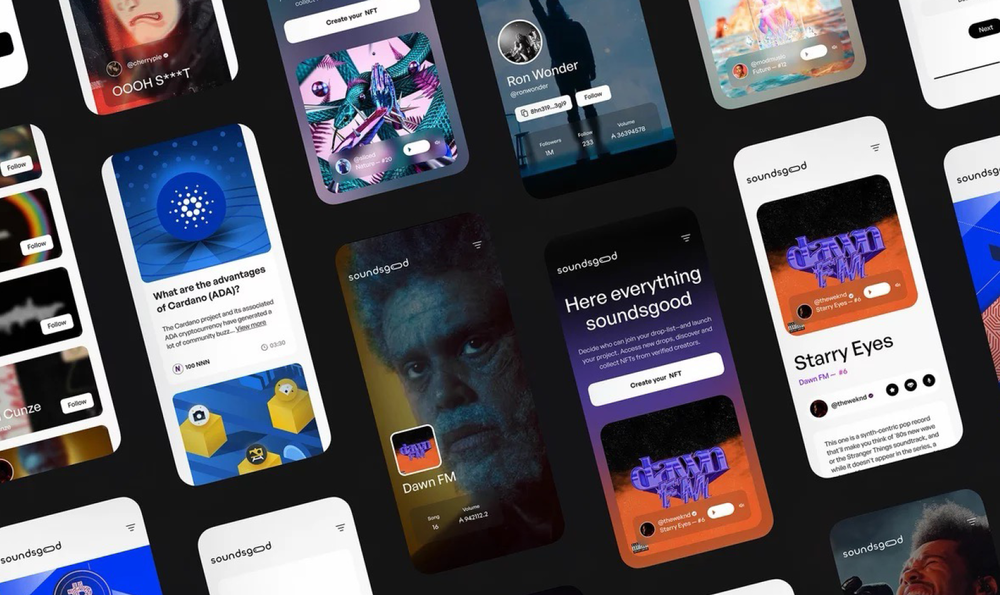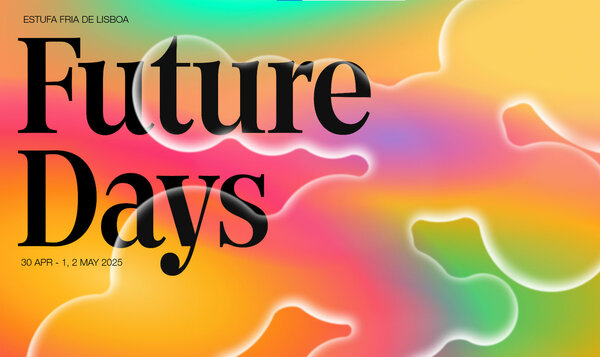In today's digital environment, design isn’t just about aesthetics and functionality any more; it’s about how these elements work together to create memorable and rewarding experiences for people.

Media Design: how to design positive and engaging user experiences
Date
15 April 2024
Media Design is the bridge that makes the interaction between end user and product possible and appealing.
Introduction to Media Design and User Experience
Media Design addresses the creation of digital content with the goal of improving the interaction between the user and technology. This field, positioned at the intersection of graphic design, visual communication and information technology, plays an essential role in defining how users perceive and interact with digital products. The goal is to generate highly engaging experiences that transform and enhance the User Experience (UX).
By means of design that communicates effectively, professionals working in this field try to evoke positive reactions and establish an emotional connection with the people they address. The ability to blend appealing visual content and technical functionality across specific platforms and devices is fundamental to the success of the product. This requires an in-depth understanding of human behaviour and emerging technologies, as well as continuous experimentation and innovation in the methods and approaches used.
Key principles of Media Design for engaging experiences
In Media Design every aspect, from simplicity to functionality, plays a pivotal role in defining how users interact with and perceive the digital product. Taking these principles into account at an early stage of the design process is essential for the development of solutions that offer tangible added value.
Making a simple product, removing any communication or cognitive barriers, allows users to quickly understand messages, focus on important actions and maintain a high level of attention. Accessibility, along with usability, is one of the key elements when creating usable experiences for everyone, making the brand not only more inclusive but also increasing the market potential of the product. Furthermore, designing something beautiful, as well as functional, greatly improves engagement, this helps to keep users glued to the screen, which has a positive influence on their perception of the brand.
These principles, when seamlessly integrated, create a solid basis for products that not only fulfil but also exceed users' expectations, enhancing their overall interaction with technology.
Techniques and Tools for the Media Designer
To create truly immersive user experiences, Media Designers use a broad range of advanced techniques and tools that incorporate various facets of digital design and development. These tools are essential for conceiving and delivering functional, attractive and intuitive designs.
These professionals can transform complex ideas into concrete solutions by exploring original modes of interaction that establish new standards in the field of media design. They do this by using technologies such as state-of-the-art software and interactive platforms, the most popular of which include:
- Graphic design software: programs such as Adobe Photoshop and Illustrator can be used to create refined visual elements can be essential to capturing the users' attention and effectively conveying the brand message.
- Prototyping tools: Sketch and Adobe XD are some of the tools that help designers build functional mockups and simulate user interactions, enabling them to test and fine-tune interfaces before their actual implementation.
- Platforms for interactive experiences: tools such as Unity are indispensable for creating immersive environments in virtual reality (VR) and augmented reality (AR). These kinds of programs offer new opportunities for deep engagement, allowing users to interact with content in innovative and stimulating ways.
- Additional digital resources: digital tools such as Canva for quick graphics creation, InVision for real-time feedback, and After Effects for animations and visual effects can further enhance the user experience.
The combined use of these tools not only improves the aesthetic quality of projects, but also ensures that design solutions are functional, accessible and optimised to create immersive and memorable experiences.
The importance of feedback and user testing
Feedback and user testing are essential when it comes to fine-tuning and further improving the experiences designed. In fact, through user involvement during the early stages of development, designers can capture direct perceptions and reactions that might not emerge during internal design. This provides an opportunity to identify and resolve usability issues that might otherwise impair the final user experience.
In addition, the use of methods such as focus groups, online surveys and usability tests enables the collection of valuable qualitative and quantitative data that guide design decisions towards more intuitive and accessible solutions. Implementing a continuous feedback loop is important not only for improving usability, but also for enhancing end-user loyalty and satisfaction by determining the long-term success of the digital product and brand.
Case studies: examples of successful user experiences
Numerous Media Design projects have demonstrated how the incorporation of appropriate tools with a focus on user feedback can produce exceptionally successful experiences.
Applications such as Netflix or Spotify are just a few examples of how intuitive interface design radically transforms the way users interact with multimedia content. These platforms have made browsing their extensive music and video catalogues not only simple and straightforward, but also extremely engaging and personalised, tailoring recommendations to the user's individual preferences and consumption habits.
Spotify, in particular, uses sophisticated machine learning algorithms to customise playlists and suggest new tracks that reflect users' musical tastes, significantly improving their listening experience. In contrast, Netflix continuously optimises its user interface to make finding new content smoother, with categories and recommendations emerging dynamically based on previous viewings.
Both of these platforms are constantly collecting feedback through various channels to further sharpen their functionality. This direct response is crucial to continuously improving the experience, demonstrating that user-centred design is not just an occasional activity, but a process of continuous adaptation and improvement.
Do you want to become a Media Designer? Start with IED courses, where you will gain the skills you need to succeed in this profession. Our programmes offer comprehensive training, whatever your starting level.








